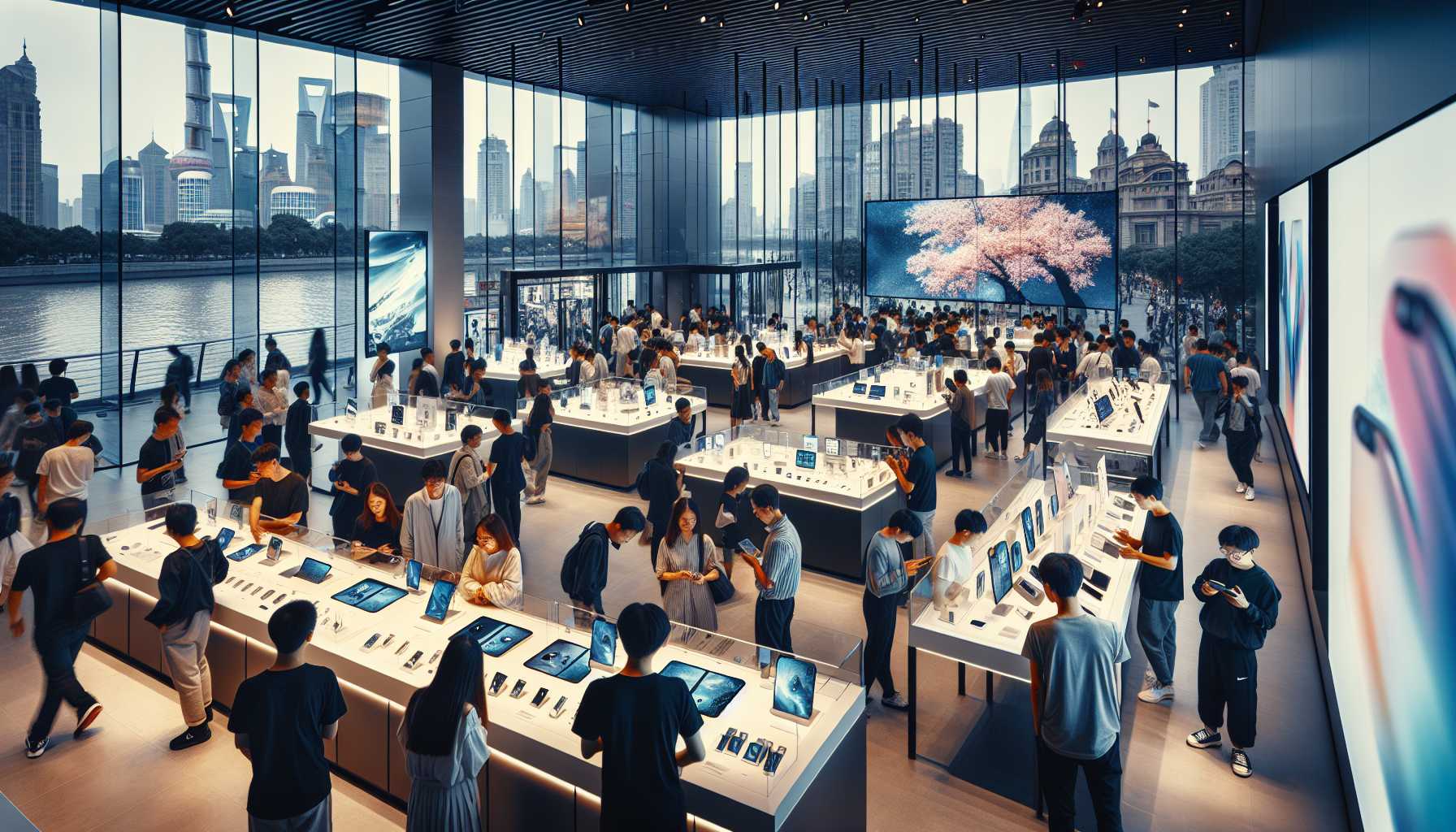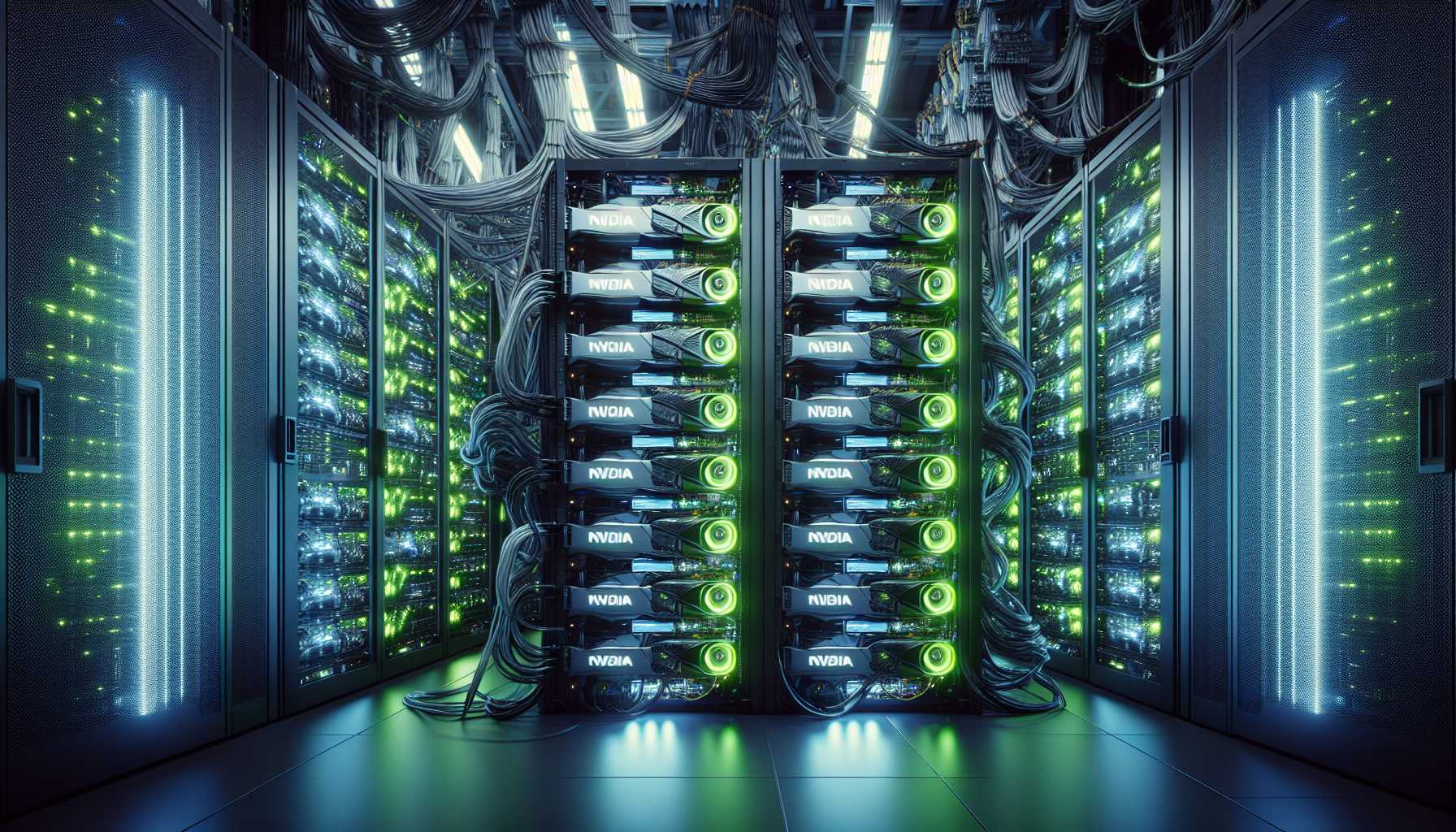Apple’s Allure in Asia Dims Amidst Economic Headwinds
The Apple in China’s Eye: A Bruised Tech Behemoth Faces Market Turbulence
Apple, the Cupertino colossus, has recently encountered a rough patch on Wall Street and beyond, especially in the lucrative but challenging Chinese market. Shares of this tech titan have stumbled, shedding a monstrous $300 billion in market cap and lagging behind the broader S&P 500 and Nasdaq 100 indexes. With iPhone demand slackening, formidable local competitors breathing down its neck, and a more intense regulatory gaze, Apple’s woes are palpable.
Investors, with furrowed brows, pay heed to the cocktail of concerns: Needham analyst Laura Martin highlighted slackening iPhone demand, Chinese heavyweights chipping away at market share, and an increasingly stringent regulatory environment. This perfect storm has whipped up a frenzy of analyst downgrades and price target adjustments, painting a near-term picture that’s less than rosy.
As a tech investor and pundit, the narrative of a beleaguered Apple isn’t unprecedented but poses intriguing questions about resilience and innovation in tech sectors. Will Apple, famed for pulling proverbial rabbits from hats, conjure another groundbreaking product or service to reinflate its sails? Despite the gloom, the lowered stock prices may actually be a beacon for opportunistic investors. It seems that the recent selloff has left Apple’s shares attractively valued, not to mention a solid balance sheet and robust business model that could withstand market squalls. Apple may be down, but the potential for an upswing still flickers on the horizon—perhaps the company’s foray into next-gen AR with its Vision Pro headset and AI initiatives could be the spark that reignites investor passion.
Infrastructure for Innovation: Microsoft and Amazon Forge Ahead
Diverting from the downcast story of one tech giant, let’s illuminate the path trodden by others who continue to shine bright. Microsoft, a pioneer in the tech landscape, has embraced the burgeoning realm of consumer-facing AI with ardor. Its $10 billion bet on OpenAI could become one of the most pivotal moves in its storied history. The Redmond behemoth has adeptly woven AI capabilities throughout its suite of products, creating a compelling case for integration over isolation. Copilot, Microsoft’s virtual assistant, draws upon the remarkable powers of the GPT-4 AI model to empower the Windows ecosystem and beyond, potentially redefining the search engine arena and adding significant value through high-margin opportunities like AI-driven advertisement.
Microsoft’s extraordinary interlacing of AI into everyday tools underscores a strategic masterstroke: leveraging an extensive installed base to champion innovation. The implications are vast, and the investment narrative is undeniably enticing. With a generous market valuation reflecting its perceived future potential, Microsoft stands as a paragon of durability and growth prospects in the tech sector.
Amazon, the kingpin of online retail and cloud computing, also rides the AI wave, aspiring to dominate the trinity of enterprise artificial intelligence—hardware, LLMs, and applications. Its AWS unit functions as a potent engine for AI endeavors, developing proprietary chip solutions and opening the floodgates for LLM-based development. The thrust behind these companies is palpable. Their ability to harness AI for both cloud-based and end-user products presages an era where tech giants could become the architects of AI-powered modernity.
Nvidia: A Graphic Portrayal of Tech Evolution and Misplaced Analogies
In a contrasting narrative, Nvidia, the linchpin of GPU innovation, frequently finds itself juxtaposed against the backdrop of Cisco’s late 1990s supernova status and subsequent plummet. However, this comparison seems to disintegrate upon closer inspection; Nvidia’s robust competitive moat, heavily grounded in its sophisticated GPU technology for AI and high-performance computing, appears far more defensible. Driving this point home is the leadership mantle borne by founder-CEO Jensen Huang – a visionary whose technical astuteness and strategic brilliance starkly contrast with the less technically-oriented corporate chieftains of yesteryear.
With such an agile and keen mindset at the helm, Nvidia’s growth strategy, underscored by organic innovation rather than voracious acquisitions, radiates a more sustainable and focused approach to harnessing AI’s transformative power. The narrative fixated on Nvidia’s supposedly imminent nosedive seemingly falls short of acknowledging the company’s profound immersion in the AI revolution—not as a mere contributor but as a cornerstone of the generative AI phenomenon. The tale of Nvidia’s journey is still being written, and its chapters may well be inscribed with tales of resilience rather than cautionary laments.
In conclusion, as we navigate the ebb and flow of the tech world, these narratives remind us that innovation remains the lifeblood that sustains and propels the industry forward. While Apple contends with its current challenges, Microsoft and Amazon emerge as vanguards of the AI era, with Nvidia carving a distinctive path in the technological tapestry—each story offering unique insights for tech enthusiasts and investors alike.



